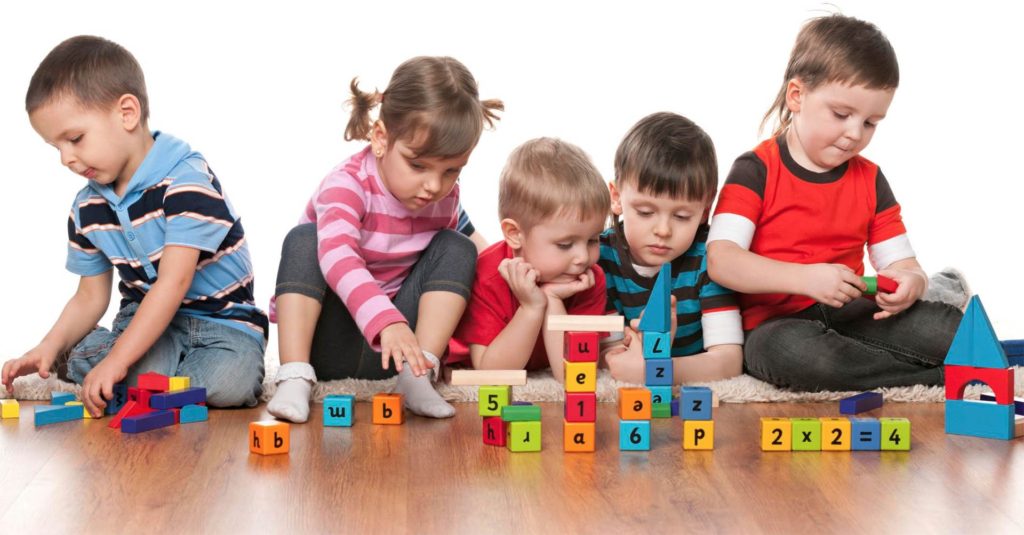Developmental milestones that most children can do at a certain age.

Skills like knowing the names of colors, showing affection, and hopping on one foot are called developmental milestones. Developmental milestones are the actions that most children can do at a certain age. Children achieve these milestones in the way they play, learn, speak, behave, and move (for example, crawling, walking, or jumping).
As children enter early childhood, their world begins to expand. They will become more independent, and they will begin to pay more attention to adults and children outside the family. They will want to explore and ask more about things around them. Their interaction with family members and those around them will help them shape their personality and define their own ways of thinking and acting. At this stage, your child will be able to ride a tricycle, use safety scissors, distinguish boys from girls, begin dressing and undressing by himself, playing with other children, remembering parts of stories, and singing songs.
Positive parenting tips
Here are some things that you, as a parent, can do to help your preschooler through this stage:
- Keep reading to your child. Take him to libraries and bookstores to instill in him a love of books.
- Let him help with simple tasks.
- Encourage him to play with other children. This will help you understand the value of sharing and friendship.
- Be clear and don’t change the rules when disciplining your child. Explain and show him the behavior you expect from him. When he says no, tell him what he should do.
- Help your child develop language skills by speaking to him in complete sentences and adult words. Help him use the correct words and phrases.
- Help your child solve problems when frustrated.
- Provide a limited number of simple options (for example, decide what to wear, when to play, and what to eat for a snack).
Children’s safety comes first
As your child becomes more independent and your interaction with the outside world increases, it is important that you and your child know how to stay safe. Here are some tips to protect your child:
- Explain why it is important to stay away from traffic. Ask him not to play in the street or run after balls that go into the street.
- Exercise caution when allowing your child to ride a tricycle. Have him ride on the sidewalk, not the street, and always wear a protective helmet.
- Inspect playground equipment. Make sure there are no loose parts or sharp edges.
- Watch your child all the time, especially when playing outside.
- Be careful with water. Teach him to swim, but watch him at all times when he is near any place with water (including children’s pools).
- Teach your child to watch out for strangers.
- Your child should ride in the car seat with a harness facing forward until he or she exceeds the maximum height or weight allowed by the manufacturer of that seat. When your child exceeds the limit to use the car seat facing forward, he will be able to travel in a raised car seat, but always in the back of the vehicle. The National Highway Traffic Safety Administration has information on the safety of children when traveling in vehicles.
Healthy bodies
- Eat with your child whenever possible. Show him that you like to eat fruits, vegetables, and whole grains with meals or snacks. Your child should only eat and drink a limited amount of foods with added sugar, solid fats, or salt.
- Limit screen time for your child to no more than 1-2 hours a day of appropriate programs, whether at home, at school, or in child care centers.
- Offer your child age-appropriate toys, such as balls and plastic bats, but let her choose what she wants to play with. This will make moving and being active fun for him.
- Make sure your child gets the recommended amount of sleep each night. Children from 3 to 5 years: 10 to 13 hours every 24 hours, including naps.
